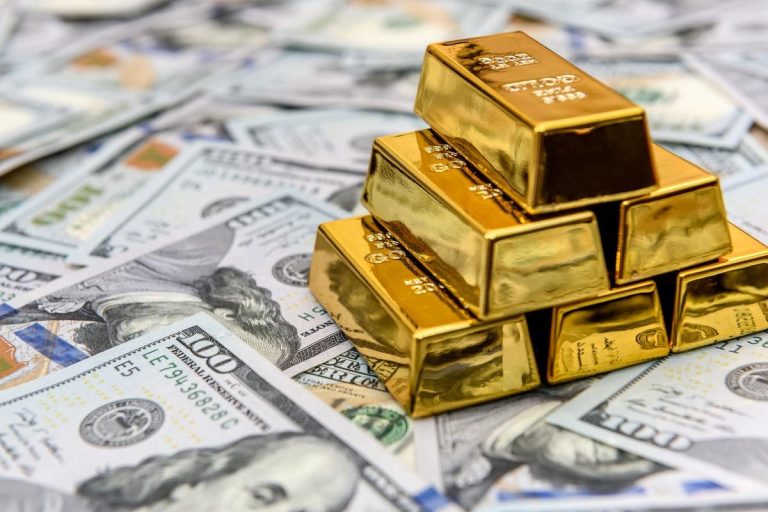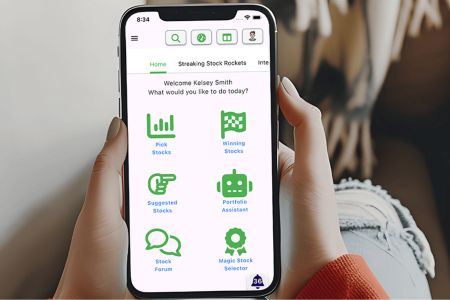“We have gold because we cannot trust governments,” President Herbert Hoover
It’s not often I get to quote the much-maligned Herbert Hoover. This quote, made in 1933, was another piece of Hoover’s advice that incoming President Roosevelt ignored. Shortly thereafter, Roosevelt passed the Emergency Banking Act, which forced all Americans to convert their gold coins, bullion, and certificates into US dollars. Then he immediately devalued the US dollar. Desperate to cure deflation, Roosevelt, as we know, tried manifold pro-inflation tactics. Was currency devaluation successful? Economists are still debating it.
Fast forward to August 1, 2023, a period which our government tells us is now about inflation reduction, to see the following headline: “Fitch Ratings has downgraded the United States of America government debt”. Basically, Fitch states the obvious, that the United States is on a debt-issuing binge with no current plan or governance ability to stop. According to Bank of America
BAC
What does this mean? What are the ramifications? Well, for history buffs like me, the first place to go is the textbook and analyze the last time, if ever, that this happened. We seem to be living through a market where the sample size is always 1; the last, and only, time that US debt was downgraded was on August 5, 2011. At that time, US government debt was about $13 Trillion having risen quickly during and after the GFC. Recently, USdebtclock.org, said we are in hook for about $33 Trillion, which is over $250k per taxpayer. The CBO projects a rapid increase over the next decade as we borrow to pay interest expenses and social programs. Are we at a tipping point now? Impossible to know but certainly worth risk managing for your portfolio.
The downgrade does not mean we won’t pay back our debts; we issue them in dollars and have a lot of printing presses. Default is a non-starter. But the downgrade, the endless budget, trade, and capital deficits further increase the threat to the US dollar’s reign as the reserve currency. As I write this, the BRICS (China, India, Brazil, South Africa, Russia), nations are meeting in South Africa to “blunt western dominance.” They increasingly do not want our liability. These nations are roughly already equal to the G7 in GDP and will quickly pass the G7 as new entrants join (Saudi Arabia, UAE
UAE
Making portfolio decisions in times like this is difficult. But it continues to lead me to building as diversified a portfolio as possible. As my readers know, I strongly support gold as a critical component of this diversification, now more than ever. Gold, in all its simplicity, exposes the shortcomings of the dollar as a savings instrument. Unlike any country’s debt, gold is no one’s liability and should help protect a portfolio against currency swoons. Gold is rare (we cannot just print more of it), it can also be stored, transported, and divided.
What do these BRIC nations think of gold? They are big fans. According to the World Gold Council, Russia, China, and India are all top 5 physical gold buyers since 2010. Central Bank purchasing of gold remains robust. I highlighted this in a piece I wrote back in January, which I invite you to read (When The Gold Dust Settled (forbes.com) ). As reported by the World Gold Council, Central Bank demand for gold through the first half of 2023 finished at 387t, the highest in the data series’ history. Whether or not 2023 totals will top that of 2022’s record level of Central Bank gold purchasing (over 1,000 total tonnes), remains to be seen. Regardless, this should be coupled with the fact that, as reported by Alpine Macro, Central Banks’ US Dollar composition has fallen from over 70% in 2000 to under 60% today. The decision surrounding Central Bank balance sheets does not change course quickly. These are long-term course changes happening now.
One other piece of data I want to share (and also highlighted in the January piece referenced above) is gold’s performance during yield curve inversions. I will actually copy and paste an exact paragraph from that piece:
“Since 1973, I analyzed 5 periods of sustained inversion between 3 month and 10-year rates. Gold held its ground during each inversion period (the worst down 1.8%). Again, I went a step further and coupled this with our proprietary asset forecasting models. Today, our models predict gold to be in its highest quintile of projected returns (and equities in its lowest), which is similar to the 2000 inversion cycle. Upon exiting that inversion, gold nearly doubled over the next five years while equities were essentially flat.”
Well, since the yield curve inverted in late October, gold is up around 13% (on par, if not better than gold’s performance during past inversions highlighted above). So, what am I watching closely now? Exactly what I outlined in the January piece… the un-inversion of the yield curve, which has historically produced some of gold’s best returns.
While the set up continues to be strong, we don’t advocate more than a 25% position for gold in portfolios. In addition, one should be methodical as they increase their allocation. There will very likely be plenty of corrections between now and the moment of yield curve un-inversion. The Fed continues to remain steadfast in keeping rates higher for longer, real rates are the highest that they have been in 14 years, and we may see a brief turnaround in the inflation trend off the back of recent energy strength. All of this leads me to encourage readers to buy on weakness, because the shiny metal has proven to go and go fast when its moment comes.
Not everything old Hoover did or said was wrong. I’m with Herbie on this one. I don’t trust our government, as currently operating, with our currency.
Read the full article here









